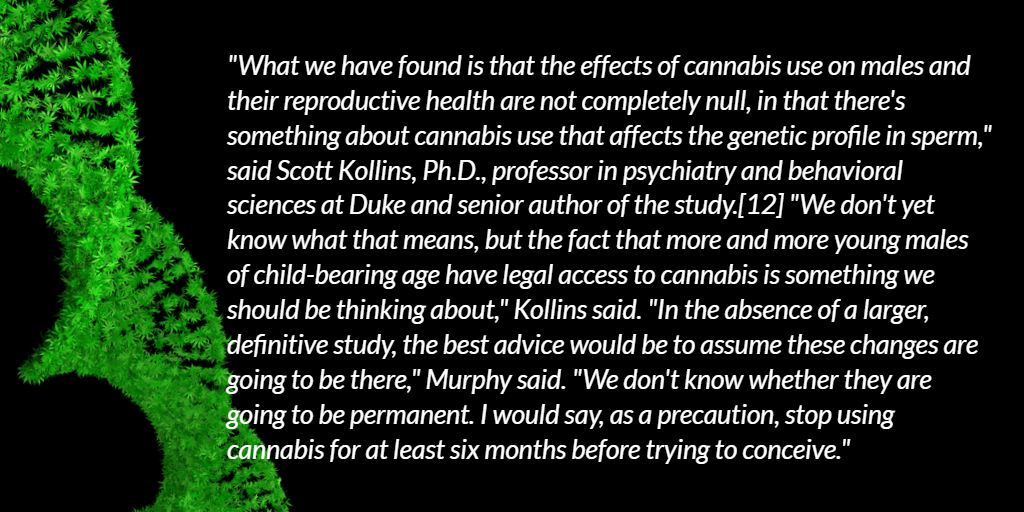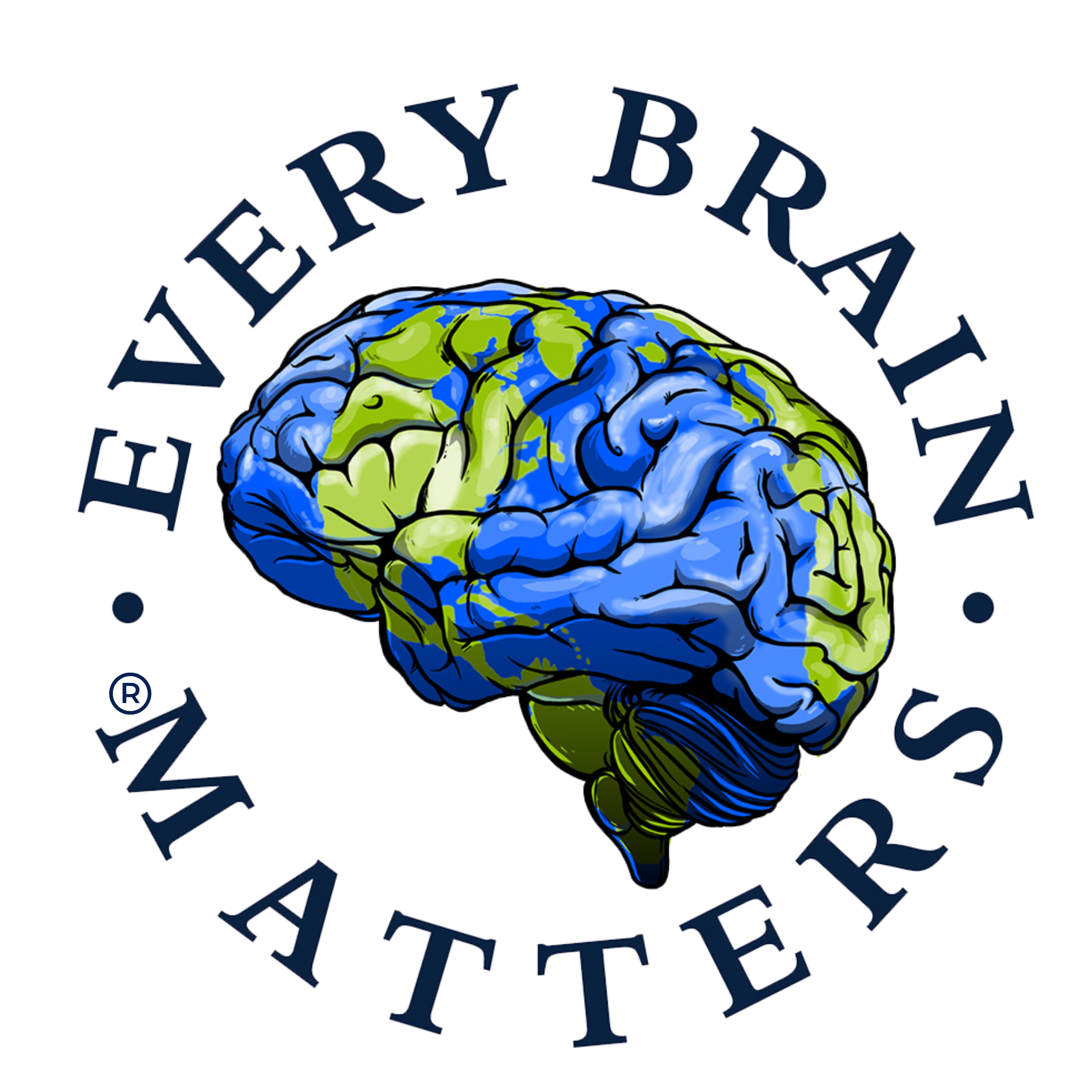Posted on March 8, 2022 View all news
The Prevalence of Autism Spectrum Disorders (ASDs) are On the Rise, More Steeply in “Legal” States
According to data collected, the prevalence of Autism Spectrum Disorders (ASDs) has been rising over the past two decades.[1] In 2021, the Centers for Disease Control and Prevention (CDC) reported that approximately 1 in 44 children 8 years old in the U.S. is diagnosed with an autism spectrum disorder, according to 2018 data.[2] 1 in 27 boys and 1 in 116 girls were identified with autism. Boys were four times more likely to be diagnosed with autism than girls. There remains controversy over whether this increase is a consequence of increased diagnosis and improved healthcare, or a true increase in the prevalence of ASDs in the population. It is possible that it is both.
When the nine highest cannabis use states are grouped together, ASD is rising significantly faster there than elsewhere.[3] A recent ecological analysis using several datasets (e.g., from the US Department of Education Individuals with Disabilities Act, the Substance Abuse and Mental Health Services Administration National Survey of Drug Use and Health, and the Drug Enforcement Agency cannabinoid concentration in seizures) found that “ASD rates are high and rising fastest in Colorado, Maine, Massachusetts, Oregon, Rhode Island and New Jersey but falling in Oklahoma and Iowa.”
Furthermore, research suggests an association between the rising diagnosis of autism and parental marijuana use before birth, both in-utero and through epigenetic marijuana exposure.[4, 5] Some of the recent scientific findings indicate potential ways cannabis use may possibly induce neurodevelopmental changes related to autism spectrum disorders, in the children of marijuana users. These issues are discussed below.
Evidence of Association of ASDs with Use by Pregnant Mothers
A study published in 2020, showed that mothers who used marijuana while pregnant had a 50% higher likelihood of having a child with autism.[6] This study published in the prestigious journal Nature Medicine, found that children whose mothers reported using marijuana during pregnancy were at greater risk of being diagnosed with an autism spectrum disorder. The incidence of an ASD was 4 per 1000 person-years among children exposed to cannabis in pregnancy, compared to 2.42 among unexposed children.
This is consistent with a recent, first-of-its-kind General Advisory from the U.S. Surgeon General on Marijuana Use and the Developing Brain issued in August 2019, in response to data showing that past month marijuana use among pregnant women doubled between 2002 and 2017. In Addition to ASDs, marijuana use during pregnancy has been linked to lower birth weight, hyperactivity, poor cognitive function, and other long-term consequences. In this Advisory, the Surgeon General stated: “I, Surgeon General VADM Jerome Adams, am emphasizing the importance of protecting our Nation from the health risks of marijuana use in adolescence and during pregnancy. Recent increases in access to marijuana and in its potency, along with misperceptions of safety of marijuana endanger our most precious resource, our nation’s youth. KNOW THE RISKS. TAKE ACTION. PROTECT OUR FUTURE.”[7]
Increases in the use of marijuana during pregnancy, are the result of a reduced perception of the harm of marijuana and the false expectation among many that marijuana is a harmless, natural plant that “heals”. Unfortunately, a 2018 study showed that nearly 70% of the 400 Colorado marijuana dispensaries contacted recommended marijuana products to treat nausea in the first trimester of pregnancy.[8] The majority (65%) of “budtenders” based their recommendation for use in pregnancy on personal opinion and 36% stated cannabis use is safe in pregnancy. This is obviously in stark contrast to the Surgeon General’s Advisory, warning against use of marijuana during pregnancy, and scientific evidence showing an important role for the endocannabinoid system in neurodevelopment with changes in normal neurodevelopment associated with in-utero marijuana/THC exposure.
Evidence of Association of Autism-Related Genetic Changes and Marijuana Use by Father
Scientific evidence has emerged over the past few years, that marijuana use by men can cause genetic changes in sperm that may be passed to future children. These epigenetic changes may be associated with neurodevelopmental disorders, such as autism. In the field of epigenetics, parental experiences are passed down, through changes in the expression of genes, to future generations. Most notably, a 2018 study found that the sperm of men who use marijuana showed DNA methylation of a gene implicated in autism.[9] A follow-up study, published in 2020, focused on specific genes, particularly one called Discs-Large Associated Protein 2 (DLGAP2), based on the earlier work showing that marijuana use was associated with changes in several genes.[10] DLGAP2 is involved in synapse organization, neuronal signaling, and strongly implicated in autism.
The initial study, found that THC appeared to impact hundreds of different genes in rats and humans, but many of the genes were associated with two of the same major cellular pathways and the higher the concentration of THC in the men’s urine, the more pronounced the genetic changes to their sperm. One of the pathways is involved in helping bodily organs reach their full size; the other involves a large number of genes that regulate growth during development. Both pathways can become dysregulated in some cancers.[11]
DLGAP2 has also been implicated in schizophrenia and post-traumatic stress disorder.

Endocannabinoid System in Neurodevelopment, a Mechanism for the Association of In-Utero Marijuana Exposure with ASDs
Summarized in a 2019 scientific review article titled, “Cannabis effects on brain structure, function, and cognition: considerations for medical uses of cannabis and its derivatives”, marijuana-derived cannabinoids, THC and CBD, interact with the same sites as endocannabinoids, that are naturally produced throughout the body.[13] The endocannabinoid system is comprised of CB1 and CB2 receptors that bind the endocannabinoids, N-arachidonoylethanolamine (anandamide) and 2-arachidonoyl glycerol (2-AG), and also of the enzymes that regulate endocannabinoid production and degradation.
Through the CB1 and CB2 receptors, endocannabinoids are critically important in modulating the function of diverse neurotransmitter systems, some of which may have opposing roles. CB1 receptors, which mediate many of the psychoactive effects of cannabinoids, are found in high densities in several brain regions and the eye, and in lower densities throughout the body. CB2 receptors are found in immune cells and in some neurons. CB1 and CB2 receptors are expressed from early embryonic stages. There is evidence that endocannabinoid tone is dynamically regulated during neurogenesis (i.e., the growth and development of nervous tissue), and that CB1 receptors have a regulatory role in the development of the embryologic neural system. Mounting evidence suggests that prenatal marijuana exposure can influence neuronal maturation and cognitive function later in life.
Consistent with the important role of endocannabinoids, and with the negative effects of marijuana found on neurodevelopment in both children and adolescents, neuroimaging studies of the rhesus monkey and human brain have shown high densities of CB1 receptors in the cerebral cortex (cingulate gyrus, middle frontal gyrus, entorhinal cortex, and Wernicke’s area), hippocampus, caudate/putamen, globus pallidus, substantia nigra, and cerebellum. This receptor distribution is consistent with the psychoactive actions of THC and thereby with potential effects of marijuana on memory, stress-responsivity, reward, and motivated behavior, as well as self-monitoring.

Autism is not the only disorder associated with parental marijuana use
The science continues to show associations of maternal use of marijuana during pregnancy with child neurobehavioral affects. A study published in September 2020, using data from the National ABCD Study, found that prenatal marijuana exposure after maternal knowledge of pregnancy was associated with greater psychopathology ([i.e., psychotic-like experiences and internalizing, externalizing, attention, thought and, social problems], sleep problems, and body mass index, as well as lower cognition and gray matter volume) during middle childhood, even after accounting for other factors.[16]
Authors of a 2019 paper stated that “ASD-like neurobehavioural toxicological syndromes likely represent the commonest form of cannabis-related teratology [abnormal fetal development] following peri-gestational exposure.”[17] According to these authors, in a follow-up commentary, “a rich body of scientific literature demonstrates the impacts of epigenomics on brain development and its involvement in ASDs.”[18] Further, they reported that “It was recently demonstrated that … cannabis legalization was associated with increased rates of autism in legal states. Several cannabinoids in addition to Δ9-tetrahydrocannabinol (THC) were implicated in such actions including cannabidiol, cannabinol, cannabichromene, cannabigerol and tetrahydrocannabivarin. ”
Amy Turncliff, PhD Neuroscientist, Analyst in Mental Health & Substance Use Disorders, Public Health Advocate
REFERENCES
1 https://www.jhsph.edu/news/news-releases/2020/us-autism-rates-up-10-percent-in-new-cdc-report.html
2 https://www.cdc.gov/mmwr/volumes/70/ss/ss7011a1.htm; https://www.cdc.gov/ncbddd/autism/data.html
3 Reece AS, Hulse GK (2019) Epidemiological Associations of Various Substances and Multiple Cannabinoids with Autism in USA. Clin. Pediatr. OA 4:155
4 Albert Stuart Reece & Gary Kenneth Hulse (2019) Impacts of cannabinoid epigenetics on human development: reflections on Murphy et. al. ‘cannabinoid exposure and altered DNA methylation in rat and human sperm’ epigenetics 2018; 13: 1208-1221., Epigenetics, 14:11, 1041-1056, DOI: 10.1080/15592294.2019.1633868
5 Reece AS, Hulse GK. Effect of Cannabis Legalization on US Autism Incidence and Medium Term Projections. Clin Pediatr Open Access. 2019;4(2)
6 Corsi, D.J., Donelle, J., Sucha, E. et al. Maternal cannabis use in pregnancy and child neurodevelopmental outcomes. Nat Med 26, 1536–1540 (2020). https://doi.org/10.1038/s41591-020-1002-5 ; https://www.eurekalert.org/pub_releases/2020-08/toh-cui080620.php
7 Office of the Surgeon General, U.S Surgeon General’s Advisory: Marijuana Use and the Developing Brain. Available at: https://www.hhs.gov/surgeongeneral/reports-and-publications/addiction-and-substance-misuse/advisory-on-marijuana-use-and-developing-brain/index.html
8 Dickson, Betsy & Mansfield, Chanel & Guiahi, Maryam & Allshouse, Amanda & Borgelt, Laura & Sheeder, Jeanelle & Silver, Robert & Metz, Torri. (2018). Recommendations From Cannabis Dispensaries About First-Trimester Cannabis Use. Obstetrics & Gynecology. 131. 1-10.
9 Susan K. Murphy, Nilda Itchon-Ramos, Zachary Visco, Zhiqing Huang, Carole Grenier, Rose Schrott, Kelly Acharya, Marie-Helene Boudreau, Thomas M. Price, Douglas J. Raburn, David L. Corcoran, Joseph E. Lucas, John T. Mitchell, F. Joseph McClernon, Marty Cauley, Brandon J. Hall, Edward D. Levin & Scott H. Kollins (2018) Cannabinoid exposure and altered DNA methylation in rat and human sperm, Epigenetics, 13:12, 1208-1221, DOI: 10.1080/15592294.2018.1554521
10 Rose Schrott, Kelly Acharya, Nilda Itchon-Ramos, Andrew B. Hawkey, Erica Pippen, John T. Mitchell, Scott H. Kollins, Edward D. Levin & Susan K. Murphy (2020) Cannabis use is associated with potentially heritable widespread changes in autism candidate gene DLGAP2 DNA methylation in sperm, Epigenetics, 15:1-2, 161-173, DOI: 10.1080/15592294.2019.1656158
11 https://medicalxpress.com/news/2018-12-exposure-cannabis-genetic-profile-sperm.html
12 https://medicalxpress.com/news/2018-12-exposure-cannabis-genetic-profile-sperm.html
13 Burggrena AC, Shirazib A, Ginderb N, London ED. Cannabis effects on brain structure, function, and cognition: considerations for medical uses of cannabis and its derivatives. Am J Drug Alcohol Abuse. 2019 ; 45(6): 563–579.
14 https://www.psychiatrictimes.com/view/medical-marijuana-for-autism
15 https://www.autismspeaks.org/expert-opinion/there-research-use-cannabis-products-children-autism
16 Paul SE, Hatoum AS, Fine JD, et al. Associations Between Prenatal Cannabis Exposure and Childhood Outcomes: Results From the ABCD Study. JAMA Psychiatry. Published online September 23, 2020. doi:10.1001/jamapsychiatry.2020.2902
17 Reece AS, Hulse GK (2019) Epidemiological Associations of Various Substances and Multiple Cannabinoids with Autism in USA. Clin. Pediatr. OA 4:155
18 Albert Stuart Reece & Gary Kenneth Hulse (2019) Impacts of cannabinoid epigenetics on human development: reflections on Murphy et. al. ‘cannabinoid exposure and altered DNA methylation in rat and human sperm’ epigenetics 2018; 13: 1208-1221., Epigenetics, 14:11, 1041-1056, DOI: 10.1080/15592294.2019.1633868


This is complete rubbish. Research shows Some studies showed that cannabis products reduced the number and/or intensity of different symptoms, including hyperactivity, attacks of self-mutilation and anger, sleep problems, anxiety, restlessness, psychomotor agitation, irritability, aggressiveness perseverance, and depression. Moreover, they found an improvement in cognition, sensory sensitivity, attention, social interaction, and language. The most common adverse effects were sleep disorders, restlessness, nervousness and change in appetite. Source: https://pubmed.ncbi.nlm.nih.gov/34043900/
More dangers to prenatal health of babies.
https://pubmed.ncbi.nlm.nih.gov/37466775/
As someone with ASD, I know for a fact CBD helps.